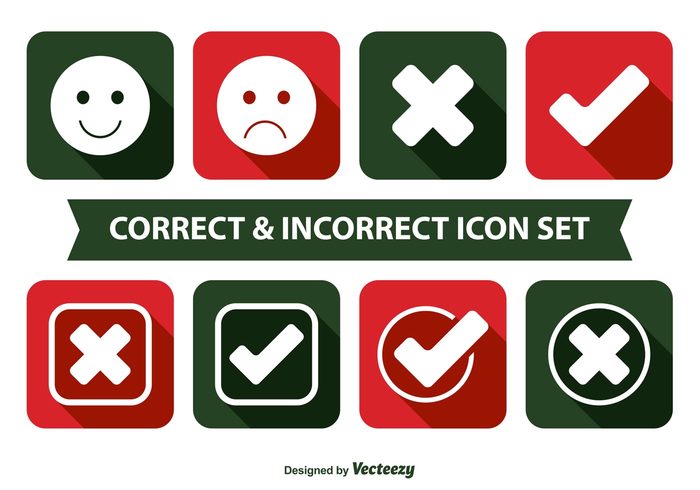Estamos de acuerdo. correct incorrect – The phrase “estamos de acuerdo” holds immense importance in Spanish communication, conveying agreement, consensus, and mutual understanding. Delving into its nuances, this article explores the multifaceted nature of this phrase, examining its cultural context, usage in formal and informal settings, and variations that enrich its expressive range.
As we embark on this linguistic journey, we will uncover the subtleties of “estamos de acuerdo,” enabling you to navigate the complexities of Spanish communication with confidence and precision.
Interpretation of “estamos de acuerdo”: Estamos De Acuerdo. Correct Incorrect

The Spanish phrase “estamos de acuerdo” literally translates to “we are in agreement.” It expresses mutual consent or understanding between two or more parties. This phrase is commonly used in various contexts, including formal discussions, informal conversations, and legal agreements.
Synonyms and Alternative Phrases
- Estamos de acuerdo = We agree, We concur
- Estamos en el mismo barco = We are on the same page
- Estamos en la misma onda = We are on the same wavelength
- No hay problema = No problem
- De acuerdo = Okay, Agreed
Cultural Context and Implications, Estamos de acuerdo. correct incorrect
In Spanish-speaking cultures, using “estamos de acuerdo” indicates a willingness to compromise and find common ground. It is considered a polite and respectful way to express agreement, as it acknowledges the other person’s perspective and shows a desire for consensus.
Usage of “estamos de acuerdo” in Communication

The phrase “estamos de acuerdo” is commonly used in Spanish to express agreement, consensus, or understanding between two or more individuals. It can be employed in various communication scenarios, including conversations, emails, and formal discussions.
When used in conversations, “estamos de acuerdo” serves as a concise and direct way to indicate that all parties involved share the same opinion or understanding. It can be used to acknowledge a proposal, confirm a decision, or simply express agreement with a statement made by another person.
Formal Settings
In formal settings, such as business meetings or academic discussions, “estamos de acuerdo” can be used to indicate consensus among participants. It can be employed to conclude a debate, finalize a decision, or acknowledge a shared understanding of a particular topic.
Emails
In email communication, “estamos de acuerdo” can be used to convey agreement or confirmation in a concise and professional manner. It can be used to respond to proposals, confirm appointments, or acknowledge receipt of information.
To use the phrase effectively in conversations and emails, it is important to consider the context and tone of the communication. In informal settings, it can be used more casually, while in formal settings, it should be employed in a more formal and respectful manner.
Formal and Informal Contexts
The phrase “estamos de acuerdo” (we agree) is used in both formal and informal settings, but there are some subtle differences in its usage depending on the context.
In formal settings, such as business meetings or presentations, “estamos de acuerdo” is typically used to express agreement on a specific point or proposal. It is important to use a formal tone and to avoid using contractions or slang. For example, you might say “Estamos de acuerdo en que debemos aumentar el presupuesto para marketing” (We agree that we need to increase the marketing budget).
In informal settings, such as personal interactions, “estamos de acuerdo” can be used more casually. It can be used to express agreement on a wide range of topics, from the weather to the latest gossip. In these settings, it is acceptable to use contractions and slang.
For example, you might say “Estamos de acuerdo en que esta película es genial” (We agree that this movie is great).
It is important to be aware of the tone and context when using “estamos de acuerdo”. Using the phrase in the wrong context can lead to misunderstandings or even offense. For example, using “estamos de acuerdo” in a formal setting when you do not actually agree can be seen as disrespectful.
Similarly, using the phrase in a casual setting when you are trying to express a serious point can be seen as unprofessional.
Variations and Related Phrases

The phrase “estamos de acuerdo” has several variations and related phrases that can convey similar or slightly different meanings.
Variations of “estamos de acuerdo”
- Estamos de acuerdo en…(We agree on…)
- Estamos de acuerdo con…(We agree with…)
- Estamos de acuerdo contigo(We agree with you)
- Estamos de acuerdo con ellos(We agree with them)
These variations allow for more specific agreement on a particular topic or point.
Related Phrases
- Estoy de acuerdo(I agree)
- Estamos en la misma página(We are on the same page)
These phrases are similar to “estamos de acuerdo” but can convey slightly different nuances.
“Estoy de acuerdo”is a more individual expression of agreement, while “estamos en la misma página”suggests a shared understanding or perspective.
All of these phrases can be used interchangeably in many contexts, but the specific variation or related phrase used may depend on the formality of the situation and the desired level of specificity.
Common Queries
What is the literal meaning of “estamos de acuerdo” in Spanish?
It means “we agree” or “we are in agreement.”
In what situations is “estamos de acuerdo” commonly used?
It is used to indicate agreement, consensus, or understanding on a particular matter.
How does the usage of “estamos de acuerdo” differ in formal and informal settings?
In formal settings, it is used with a more respectful and polite tone, while in informal settings, it can be used more casually.